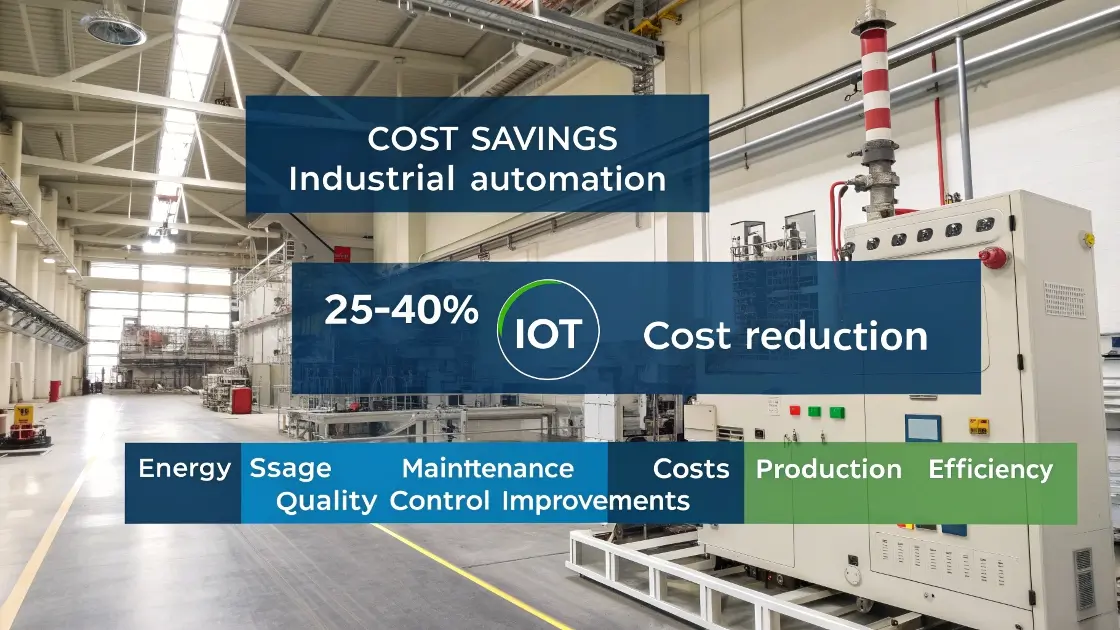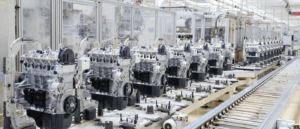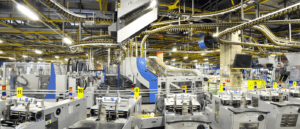Factories worldwide are waking up to a harsh reality - traditional automation can't compete with IoT-connected smart factories. Production losses from unexpected downtime, quality issues from manual processes, and soaring energy costs are crushing profitability.
IoT in industrial automation means connecting machines, sensors and systems through industrial networks to enable real-time monitoring, autonomous decision-making and predictive maintenance - typically reducing [operational costs](https://gocardless.com/guides/posts/benefits-reducing-operating-costs/)1 by 25-40% while boosting productivity.
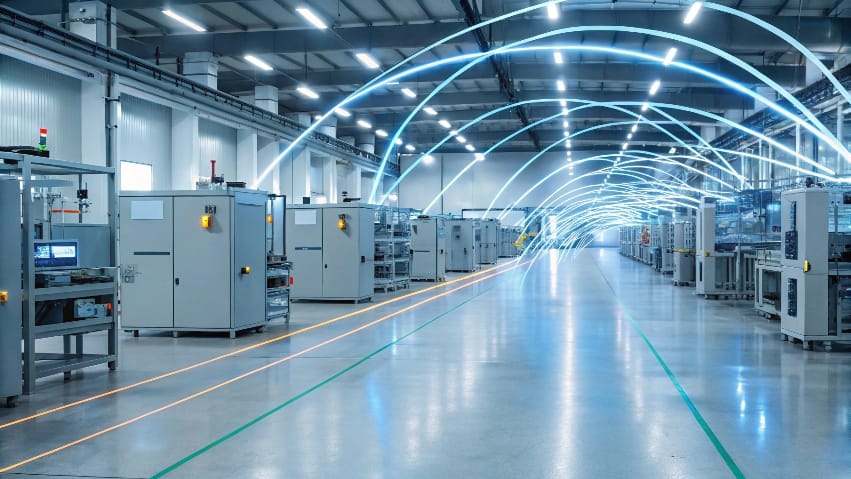
The gap between IoT adopters and traditional factories is widening daily. Here's what you need to know to stay competitive.
What is IoT in Industrial Automation?
Walking your factory floor, you see machines running - but are they really working optimally? Hidden inefficiencies in traditional automation cost manufacturers 5-15% of production capacity.
Industrial IoT2 (IIoT) embeds sensors in equipment to collect performance data, connects them via industrial protocols like OPC UA or PROFINET, and uses cloud/edge computing to analyze data for predictive maintenance, process optimization and energy savings.
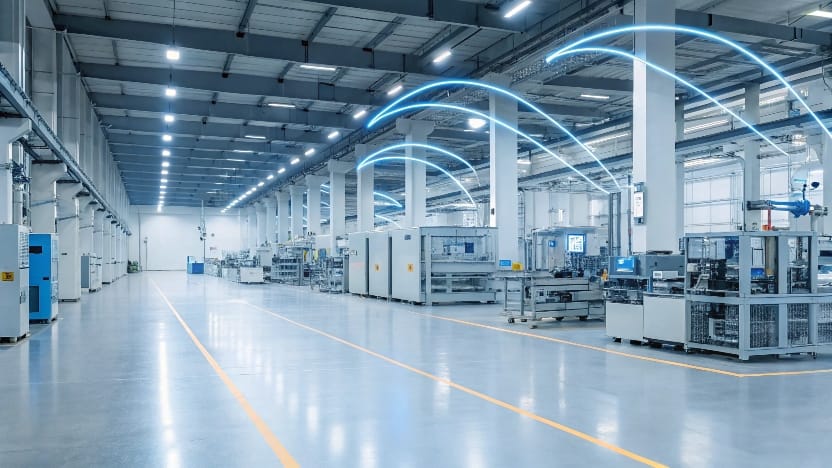
Traditional vs IoT factory
Critical Differences Impacting Your Bottom Line
| Comparison Point | Traditional Automation | IoT-Enabled Automation | Real-World Impact |
|---|---|---|---|
| Downtime Response | Reactive (after failure) | Predictive (weeks in advance) | 45% less unplanned downtime |
| Quality Control | Sample testing (5-10% of output) | 100% real-time inspection | 60% fewer defects |
| Energy Usage | Fixed schedules | Dynamic optimization | 20-35% savings |
| Maintenance Costs | Time-based (wastes parts) | Condition-based | 30% reduction |
| Changeovers | Manual adjustments | Auto-reconfiguration | 75% faster setup |
A concrete example: After a bearing manufacturer implemented IoT vibration monitoring, they prevented 12 unexpected breakdowns in the first year, saving $420,000 in lost production and emergency repairs.
What are the 4 Parts of IoT?
Deploying IoT seems complex, but breaking it down to four core components makes implementation manageable. Missing any component leads to failed projects.
Every industrial IoT system requires: (1) Smart Sensors/Devices, (2) Industrial-Grade Connectivity, (3) Data Processing Infrastructure, and (4) Actionable User Interfaces - forming a complete sensing-to-decision pipeline.
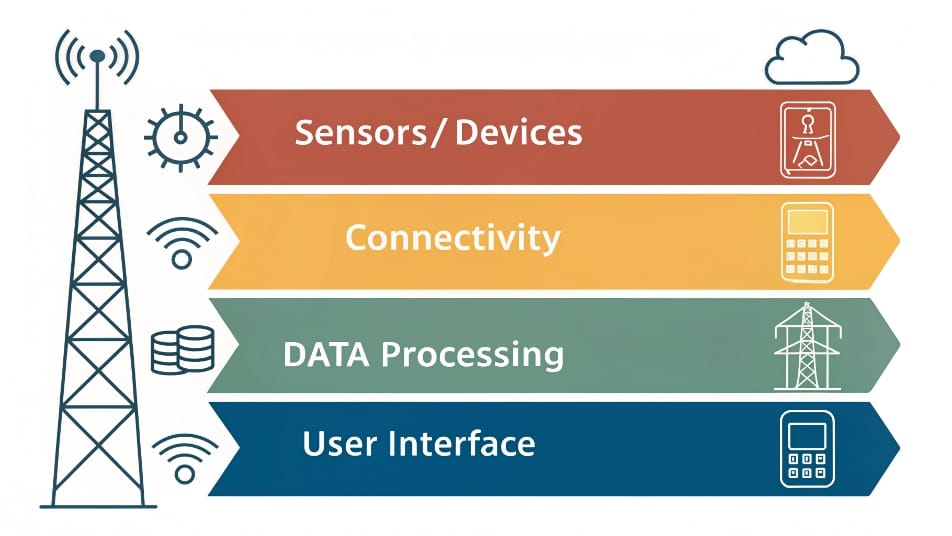
4 IoT components
Implementation Blueprint for Factories
1. Sensing Layer (Your Digital Nervous System)
- Vibration/temperature/pressure sensors ($50-500 each)
- Machine vision cameras for quality checks
- RFID for inventory tracking (tags cost <$1)
- Pro Tip: Start with 3-5 critical machines first
2. Industrial Connectivity (Your Data Highways)
- Wired: PROFINET, EtherCAT (for real-time control)
- Wireless: 5G, Wi-Fi 6 (for mobile equipment)
- Gateways for legacy PLC integration
- Cost Example: Wireless mesh network for mid-size factory ~$15k
3. Data Processing (Your Decision Factory)
- Edge computing for urgent alerts (<50ms response)
- Cloud platforms for long-term analytics
- Case Study: CNC machine builder reduced data costs 60% with edge pre-processing
4. User Interface (Your Command Center)
- Web-based dashboards with OEE metrics
- Mobile alerts for maintenance teams
- Essential Feature: Role-based views for operators vs managers
A pump manufacturer connected 137 production assets in 8 weeks using this framework, achieving 92% equipment effectiveness within 6 months.
What are the 5 Applications of IoT?
Most factories use IoT for just monitoring, wasting 80% of its potential. These five applications deliver measurable ROI within 3-9 months.
Top 5 ROI-Proven Applications: (1) Predictive Maintenance3, (2) Energy Management, (3) Digital Quality Control, (4) Asset Tracking, (5) Worker Safety Systems - each generating 20-50% cost reductions in their areas.
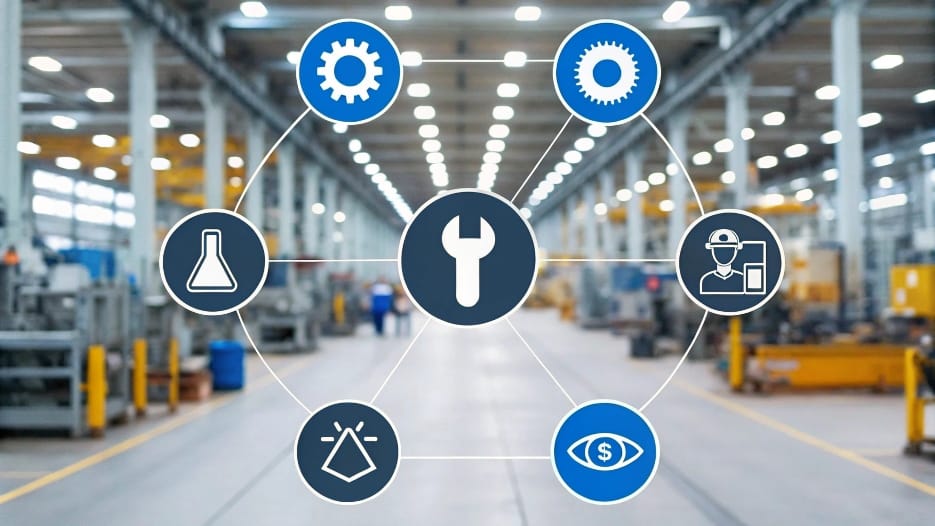
IoT applications
Deployment Guidelines for Maximum Impact
1. Predictive Maintenance (Fastest ROI)
- Install vibration sensors on 20% most critical assets
- Integrate with CMMS like Maximo
- Typical Result: 40% less downtime, 30% longer asset life
2. Smart Energy Management
- Submeter high-consumption equipment
- Auto-adjust HVAC based on production schedule
- Actual Savings: $280k/year at auto parts plant
3. Automated Quality Assurance
- Machine vision replacing manual inspection
- AI comparing to golden samples
- Quality Improvement: 65% defect reduction at electronics maker
4. Real-Time Asset Tracking
- RFID tags for tools/materials
- Geo-fencing for high-value items
- Inventory Benefit: 90% fewer lost tools in shipyard
5. Connected Worker Safety
- Wearables detecting gas/falls
- Proximity alerts near heavy equipment
- Safety Outcome: 0 accidents in 14 months at chemical site
What are the 4 Types of IoT Platforms?
Choosing wrong IoT platforms leads to 62% of project failures according to McKinsey. Match platform type to your needs.
The four essential platform categories are: (1) Device Management, (2) Application Enablement, (3) Analytics, and (4) Connectivity - most manufacturers need 2-3 types integrated.
 IoT platform types
IoT platform types
Selection Strategy Based on Priorities
For Operations Teams:
Start with Device Management platforms like PTC ThingWorx to:
- Onboard sensors quickly
- Monitor device health
- Implementation: 6-8 weeks for first use cases
For Maintenance:
Add Analytics platforms like Seeq for:
- Predictive failure models
- Spare parts optimization
- ROI Example: $1.2M saved on turbine maintenance
For IT Departments:
Consider Application Enablement platforms like Siemens MindSphere to:
- Develop custom apps fast
- Integrate with ERP/MES
- Cost Savings: 70% less custom coding
For Network Reliability:
Industrial Connectivity platforms like Litmus Automation:
- Handle protocol conversions
- Ensure 99.99% uptime
- Impact: Eliminated 3 hours/week of network issues
What are IoT Challenges?
Despite the potential, 73% of IoT projects stall at pilot phase. These are the real-world hurdles we've seen manufacturers face and overcome.
Top 5 Implementation Challenges: (1) Legacy Equipment Integration, (2) Data Security Concerns, (3) Skill Gaps, (4) Unclear ROI Models, and (5) Network Reliability - each solvable with proper planning.
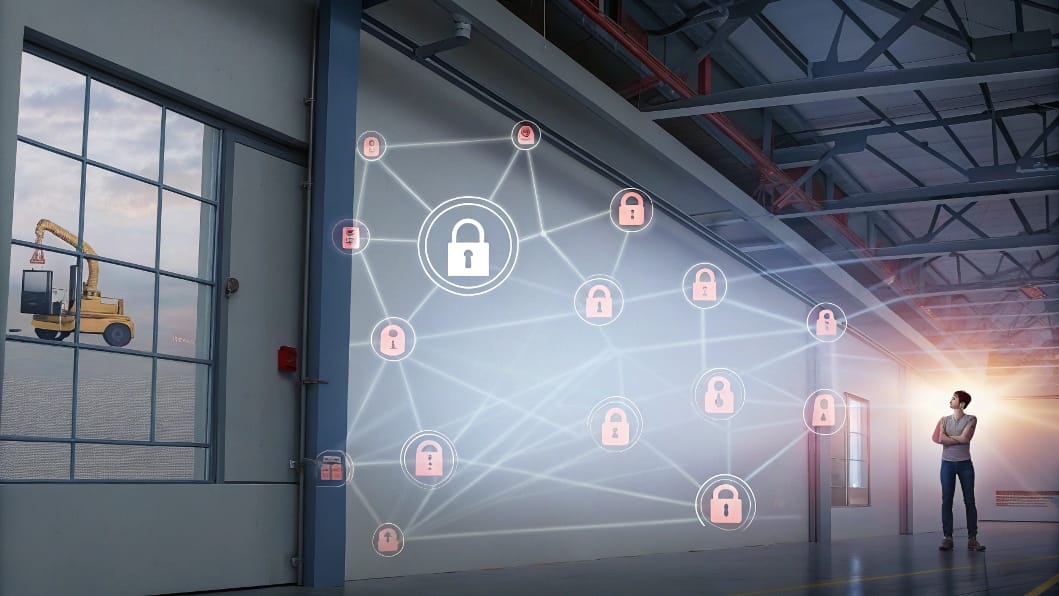
IoT challenges
Practical Solutions from the Field
1. Legacy Machine Integration
- Problem: 20-year-old CNC lacking modern ports
- Solution: Retrofit kits with OPC UA adapters ($1,500/machine)
- Example: Integrated 87 legacy presses in automotive plant
2. Cybersecurity Risks
- Problem: Hackers targeting industrial networks
- Solution: Zero-trust architecture with hardware firewalls
- Security Upgrade: $45k prevented $2M ransomware threat
3. Workforce Training
- Problem: Operators resistant to new tech
- Solution: AR-guided troubleshooting on tablets
- Adoption Rate: 92% of workers using within 3 months
4. Proving ROI
- Problem: Leadership demands quick returns
- Solution: Start with predictive maintenance (ROI in 4-6 months)
- Pilot Result: $180k savings convinced execs to expand
5. Network Drops
- Problem: Wireless dead zones in metal-heavy plants
- Solution: Industrial mesh network with repeaters
- Improvement: 99.8% connectivity achieved
Conclusion
The IoT revolution in industrial automation isn't coming - it's already here. Early adopters are achieving 30%+ operational improvements that will redefine industry benchmarks. With sensor costs dropping 50% in five years and 5G enabling real-time control, there's never been a better time to start. The question isn't whether to implement IoT, but how fast you can afford to move before competitors pull ahead. Your first predictive maintenance pilot could begin within 8 weeks - what's stopping you?
Natalie's insight: The Internet of Things—yeah, IoT—isn’t just some fancy tech term that’s gonna fade away. It’s already changing the game, right here, right now. And if you’re not paying attention, you’re gonna be left in the dust.
So what’s the deal with IoT in industrial automation?
In this article, I’m breaking it down for you—no fluff, no jargon. Just the real stuff. I’ll show you how IoT works on the factory floor, the insane benefits it brings, and the challenges you must know about before diving in.
Understanding how to effectively reduce operational costs can significantly enhance your factory's profitability and efficiency. ↩
Learning about Industrial IoT can provide insights into modernizing your factory and staying ahead in the competitive landscape. ↩
Exploring predictive maintenance can reveal strategies to minimize downtime and extend asset life, crucial for competitive manufacturing. ↩

